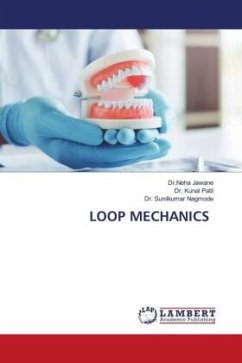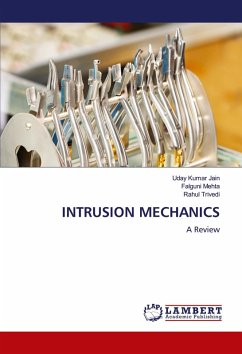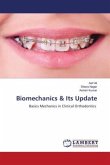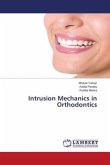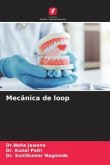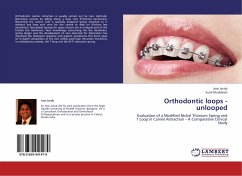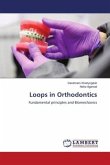Orthodontics deals with the alignment of the teeth in order to achieve optimal function and aesthetics. This often entails extraction of certain teeth, usually first premolars in order to take care of the arch length-tooth material discrepancies as well as to improve the patient's profile. Extraction space closure is an integral part of orthodontic treatment which demands a thorough understanding of the biomechanics. In the pre-adjusted edgewise technique, retraction is achieved either with friction (sliding) or frictionless mechanics. Frictionless mechanics have evolved from simple vertical loops to present more complex loop designs to achieve better moment/force ratio and constant delivery of force. Materials used for frictionless retraction have also evolved from stiff stainless steel (SS) wires to the more flexible beta titanium wires introduced by Burstone, and to the newer materials like Connecticut archwires (CNA) which are supposed to reduce the force levels and thus making the treatment more effective and efficient. One of the major advantages of frictionless mechanics is that a known force system is delivered to teeth.
Bitte wählen Sie Ihr Anliegen aus.
Rechnungen
Retourenschein anfordern
Bestellstatus
Storno

